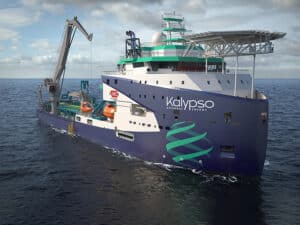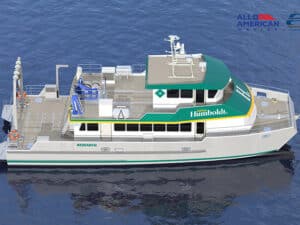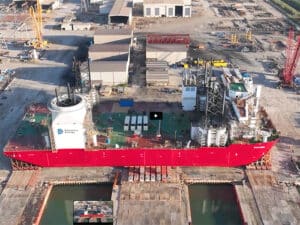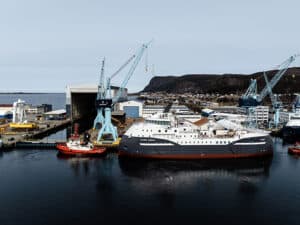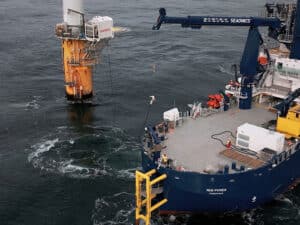
Op-Ed: Transforming offshore wind installation
Written by Heather Ervin
Ted Bergman of Elomatic on the Floating Foundation solution for offshore wind.
By Ted Bergman, Vice President, Offshore Energy at Elomatic
When it comes to offshore wind energy, the traditional methods of installation have faced growing scrutiny due to their costliness, environmental impact, and logistical complexities. Elomatic has developed the Float Foundation, a solution that not only eliminates the need for Wind Turbine Installation Vessels (WTIVs) but also simplifies the installation process, making offshore wind farms more accessible, efficient, and sustainable.
At the center of Elomatic’s Float Foundation solution is a team with experience in supporting the development of offshore technology. Their background, combined with a wealth of engineering experience, allows the team to meet the evolving demands of the offshore industry. Unlike conventional fixed foundation designs, the Float Foundation offers flexibility and adaptability, accommodating various topsides, while adhering to standard shipbuilding practices.
Elomatic’s Float Foundation for wind turbines acts as an alternative to traditional fixed wind turbine foundations, which can become massively expensive and hard to install, given the lack of supply of WTIVs.
WTIVs that install traditional systems are expensive, inflexible, and hard to get hold of. Many are simply unable to reach the locations where the wind farms are being expanded. For example, in Scandinavia, the most capable WTIVs are unable to travel through the Øresund bridge, between Sweden and Denmark, due to their height. Whereas in the U.S., there is a lack of availability of Jones Act approved WTIVs. This lack of suitable vessels has led to operators paying day rates up to $500,000. WTIVs are fast becoming a bottleneck in the race to install more wind farms due to their availability, price and set up.
The Float Foundation overcomes this problem by having an onshore based installation process, so there is no need to rent expensive WTIV vessels. The only installation vessels needed are tugboats for towing and positioning, which reduces the CO2 emissions from the installation phase. Also, when the structure reaches its end of life, it can be recycled and therefore reduce the CO2 footprint, even further.
In addition, the Float Foundation can be built 100% locally at shipyards, ports, docks, or harbors. The flexibility that comes with building and installing this solution will revolutionize the wind power industry. There is no need for offshore lifting anymore.
Installing wind turbine foundations in this way also helps to address the urgent need for scalability and efficiency in offshore wind installation. The industry is looking for new and remote locations to build wind farms and it is difficult and expensive to install traditional structures in these areas. To meet the demands of the energy transition, growth needs to be on such a scale that mass production becomes essential. But the need for rapid expansion in wind projects globally must be balanced with a practical concern for the financial health of owners and operators, which is why innovation is critical to help the industry progress on the decarbonization journey.
The Float Foundation solution anticipates this new reality, incorporating automated panel lines—that can also be used for shipbuilding and other purposes—for streamlined production, and enabling swift deployment in remote or challenging locations.
Beyond its manufacturing and logistical benefits, the Float Foundation prioritizes environmental sustainability. Traditional offshore construction methods often contribute to underwater noise pollution, posing risks to marine life. In contrast, the Float Foundation’s land-based construction process minimizes noise disturbance, reducing harm to vulnerable species, and preserving marine ecosystems.
Unlike traditional installation methods, the sustainable design extends beyond the installation phase. The Float Foundation’s re-floatable structure allows for relocation or recycling at the end of its lifespan, minimizing waste and environmental impact.
As the offshore wind industry evolves, it is important to use proven engineering tools to address the challenges facing wind farm developers and operators. By reimagining the whole manufacturing to installation process, Elomatic’s Float Foundation offers a transformative solution that will strengthen local job markets, and accelerate the transition to clean energy, while fostering harmony with the marine environment.

